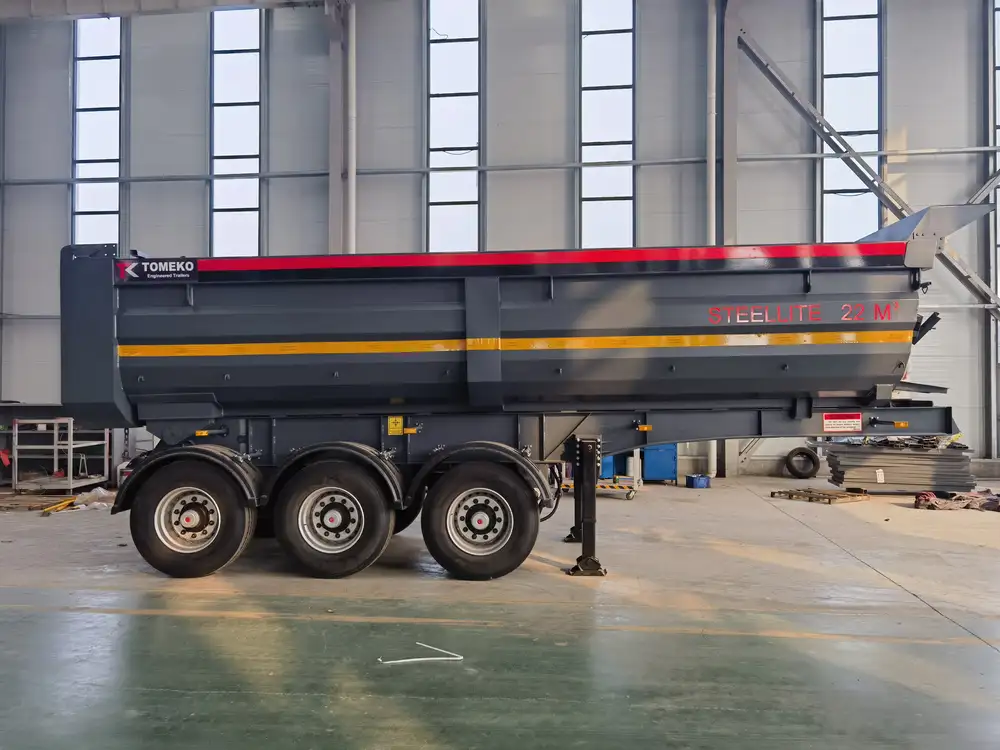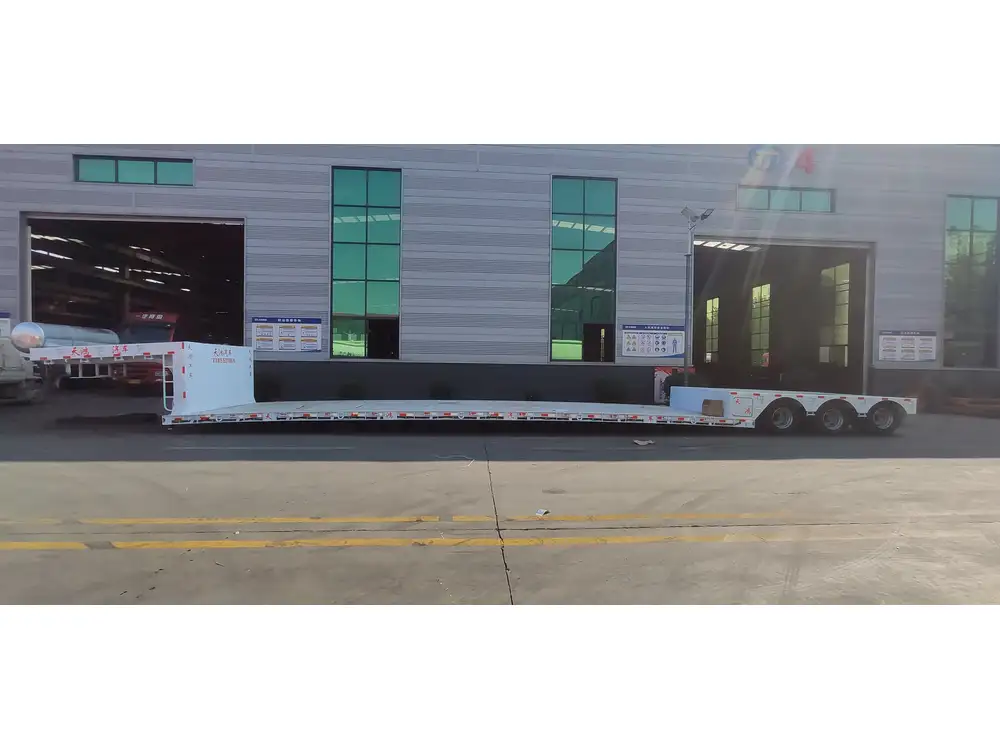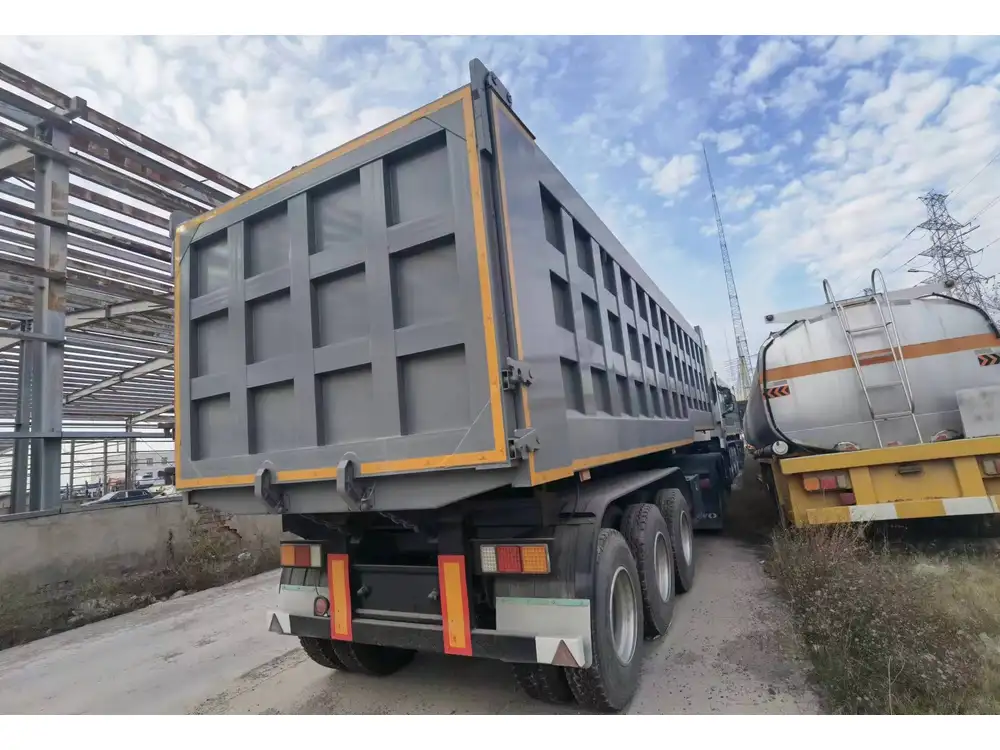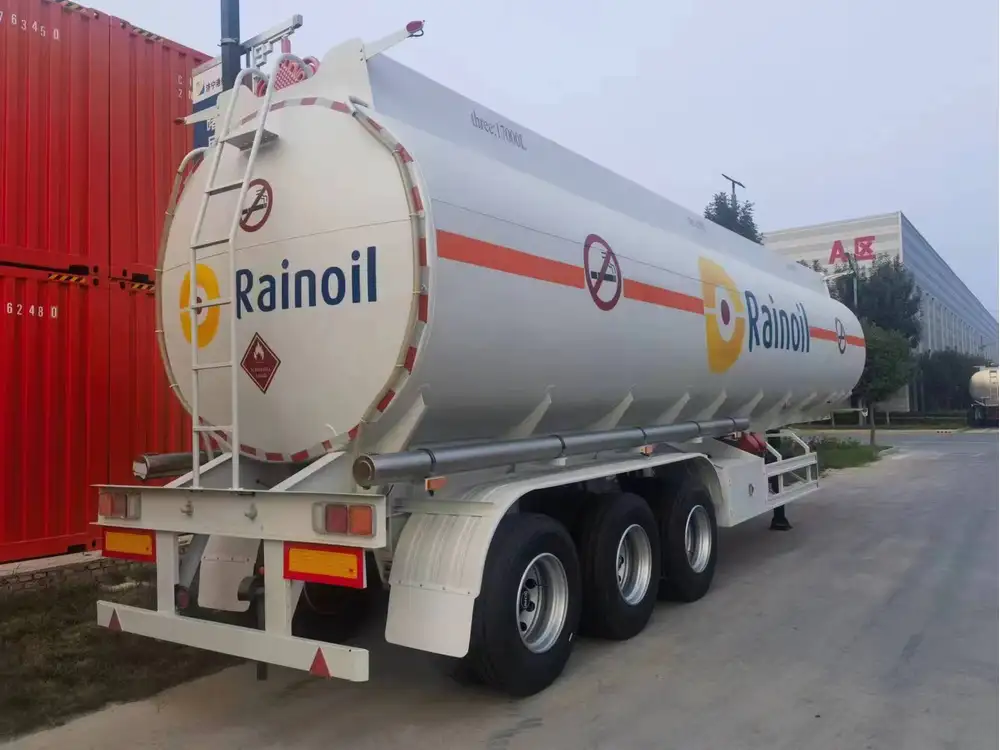In the realm of heavy-duty logistics, one question resonates powerfully among fleet managers, drivers, and transportation enthusiasts alike: How fast can a semi truck go with a trailer? This question goes beyond mere curiosity. Understanding the speed capabilities of a semi truck towing a trailer is crucial for operational efficiency, safety, and regulatory compliance.
Understanding the Factors Influencing Speed
To answer this question comprehensively, we must dissect the various elements that influence the speed of semi trucks pulling trailers. Several key factors come into play:
1. Engine Power and Specifications
The heart of a semi truck is its engine. The power output, measured in horsepower (HP) and torque, directly affects acceleration and top speed. Here’s a comparative look at common engine specifications:
| Truck Model | Horsepower | Torque (lb-ft) | Max Speed (mph) |
|---|---|---|---|
| Freightliner Cascadia | 450 HP | 1,650 lb-ft | 75 |
| Kenworth W900 | 565 HP | 1,850 lb-ft | 70 |
| Volvo VNL | 500 HP | 1,750 lb-ft | 73 |
The higher the horsepower and torque, the greater the potential for speed. However, keep in mind that the engine’s ability to sustain high speeds while towing a trailer also depends on other factors.

2. Weight of the Truck and Trailer
The total weight a semi truck is hauling significantly influences its speed capabilities. According to federal regulations in the United States, the maximum legal weight for a semi truck and trailer combination can be up to 80,000 pounds. The more weight a truck carries, the more power it requires to reach higher speeds.
- Empty vs. Loaded Weight: An empty semi truck may achieve speeds of up to 75-80 mph, whereas a fully loaded truck could struggle at lower speeds due to the friction and gravitational forces acting against it.
3. Type of Trailer
Different types of trailers can alter the aerodynamics and dynamics of the combination. Here are some common types:
- Flatbed Trailers: Generally lighter and more aerodynamic, these can allow a truck to achieve higher speeds compared to heavier enclosed trailers.
- Enclosed Trailers: These might add extra weight and resistance, ultimately impacting speed.
- Reefer Trailers: Refrigerated trailers have added weight due to insulation and refrigeration units, further limiting speed capabilities.
4. Route and Environmental Conditions
External factors such as terrain, weather, and road conditions play a vital role in determining speed:
- Terrain: Mountainous areas require more power to maintain speed, often causing trucks to slow down significantly.
- Weather: Wind resistance can slow a truck down considerably. Strong headwinds pose challenges, utilizing more fuel while reducing speed.
- Road Conditions: Potholes, gravel roads, or icy conditions can severely limit the maximum speed of a semi truck.

5. Speed Regulations
Legal speed limits for commercial vehicles vary by state and region. For instance, most states in the U.S. have speed limits ranging between 55-75 mph for trucks. Compliance with these regulations is not just a matter of legality but a critical aspect of road safety.
6. Tire Specifications
Tires are another underappreciated factor influencing a semi truck’s speed. High-performance tires may allow for better grip and speed. Additionally, proper tire inflation is crucial; under-inflated tires can generate more friction with the road, hampering speed.
Maximum Speed Capabilities of Semi Trucks
While many factors influence how fast a semi truck can go, under ideal conditions (such as optimal load, excellent road conditions, and legal speed limits), here are the typical maximum speed ranges:
- Average Unloaded: 75-80 mph
- Typical Loaded (80,000 lbs): 65-70 mph
- Regulatory Compliance Flatbed: 70-75 mph
- Combination of Heavy Load and Environmental Resistance: 55-65 mph

Historical Context: Speed Regulations Over Time
It’s worth noting that speed regulations governing commercial trucks have evolved over time. Initially, many states had unrestricted speed limits for trucks. However, safety concerns and accident statistics prompted lawmakers to impose stricter regulations. Today, the implementation of electronic logging devices (ELDs) and speed limiters are facilitating better adherence to speed limits.
Safety Considerations: Balancing Speed and Efficiency
While speed can be an asset in the logistics industry, safety must never be compromised. Here are some safety dimensions related to truck speed:
1. Stopping Distance
The increased weight and momentum of a loaded truck require longer stopping distances. To illustrate:
| Load Weight | Stopping Distance at 60 mph |
|---|---|
| 20,000 lbs | ~50 feet |
| 40,000 lbs | ~100 feet |
| 80,000 lbs | ~150 feet |
As seen in the table, the stopping distance significantly increases with weight. Thus, semi truck drivers must maintain appropriate speed to ensure they can stop safely in their typical driving environment.

2. Driver Fatigue
Excessive speed can contribute to driver fatigue, further diminishing the driver’s response time in emergency situations. The Federal Motor Carrier Safety Administration (FMCSA) has put forth strict hours-of-service regulations to combat this issue.
3. Vehicle Stability
As speed increases, so does the risk of losing control over the vehicle, especially with a trailer attached. This is particularly evident in adverse weather conditions—more speed equals more risk.
4. Load Security
Maintaining speed also requires a focus on load security. Fast acceleration or harsh braking can compromise the stability of the trailer’s cargo, leading to hazardous situations on the road.

Conclusion: Finding the Right Balance
In conclusion, while the question “how fast can a semi truck go with a trailer?” is laden with complexity and influences from multiple factors, a general understanding can still be ascertained. Semi trucks can typically achieve higher speeds when unloaded—75-80 mph is common. However, when loaded to maximum capacity, speeds are regulated and tend to drop to around 65-70 mph under optimum conditions. Various elements such as engine power, trailer type, weight, route conditions, and legal regulations must be considered to derive an accurate answer.
As a leading manufacturer of semi-trailers, it’s imperative to recognize these contributing factors. Understanding speed capabilities is not merely a technical inquiry; it enhances the overall safety and efficiency of transport operations. Proper training for drivers, ongoing maintenance for vehicles, and adherence to regulations ensure that safety remains the top priority while navigating the intricate dance of speed in the heavy-duty trucking industry.
Key Takeaways
- Semi truck speeds vary greatly based on multiple factors.
- Loaded configurations typically reach lower speeds.
- Safety considerations are paramount when discussing speed.
- Drivers must adhere to legal speed limits and regulations.
By keeping these aspects in mind, we can optimize both performance and safety within the realm of semi-truck operations.



